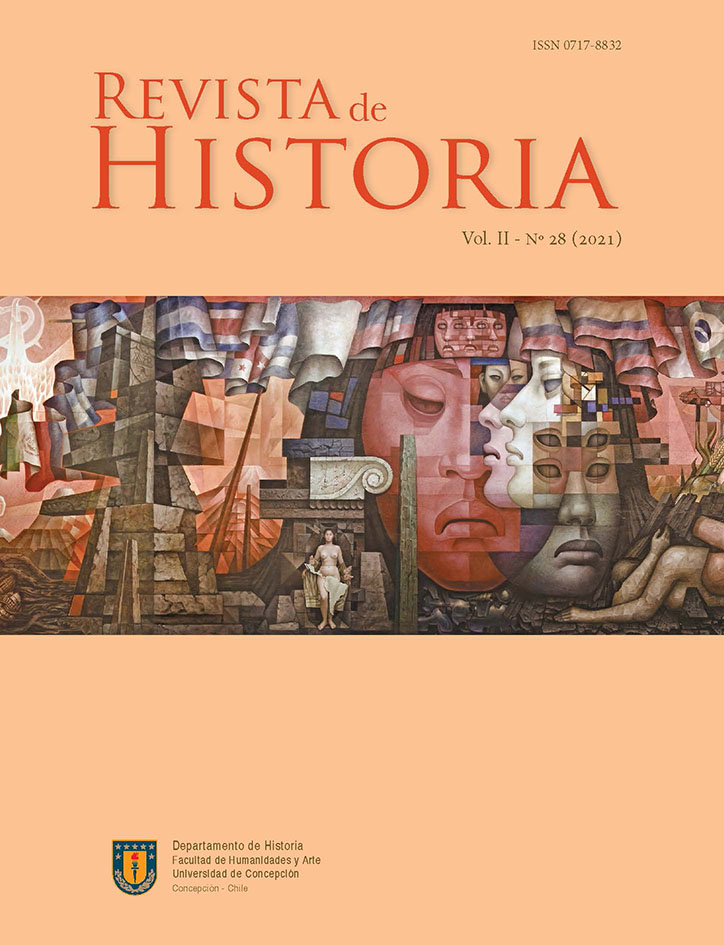O'Higgins and San Martín: convergence of times and projects. Conjunctural, political and spatial divergences
DOI:
https://doi.org/10.29393/RH28-27OSEC10027Keywords:
Republic-monarchy, national americanist hero vs americanist hero, Nation state vs American ConfederationAbstract
Was O'Higgins only a national hero? Indeed, in terms of his military and political actions, he is, but in terms of his doctrinary education and his Americanist will, his role in the history of the American emancipation process projects him far beyond the limits of the Republic to which he gave birth. Undoubtedly, his political ideology, republicanist and Americanist, made him a front-line independence hero, but was, from the perspective of the historiography, restricted to the country to which he dedicated his greatest efforts. This meant that he took up arms at the right time and left them when exercising the magistracy of the State to which he gave life. He did not pretend to go further but was willing to add sacrifices to the Independence of Peru. The liberating expedition was a joint work with San Martin that united them under a single goal but put them apart in relation to the form of government to be established there. Neither the friendship that united him with San Martin, nor the respect he had for him, dissuaded him from opting for the monarchy instead of the Republic. O'Higgins was the American hero by principle and conviction: National Republics.
Downloads
Published
How to Cite
Issue
Section

This work is licensed under a Creative Commons Attribution 4.0 International License.






